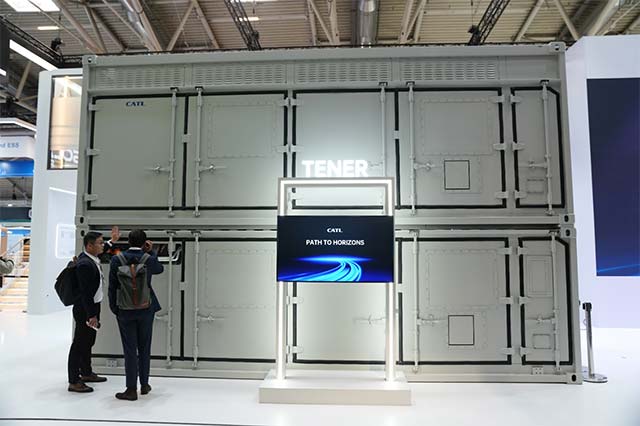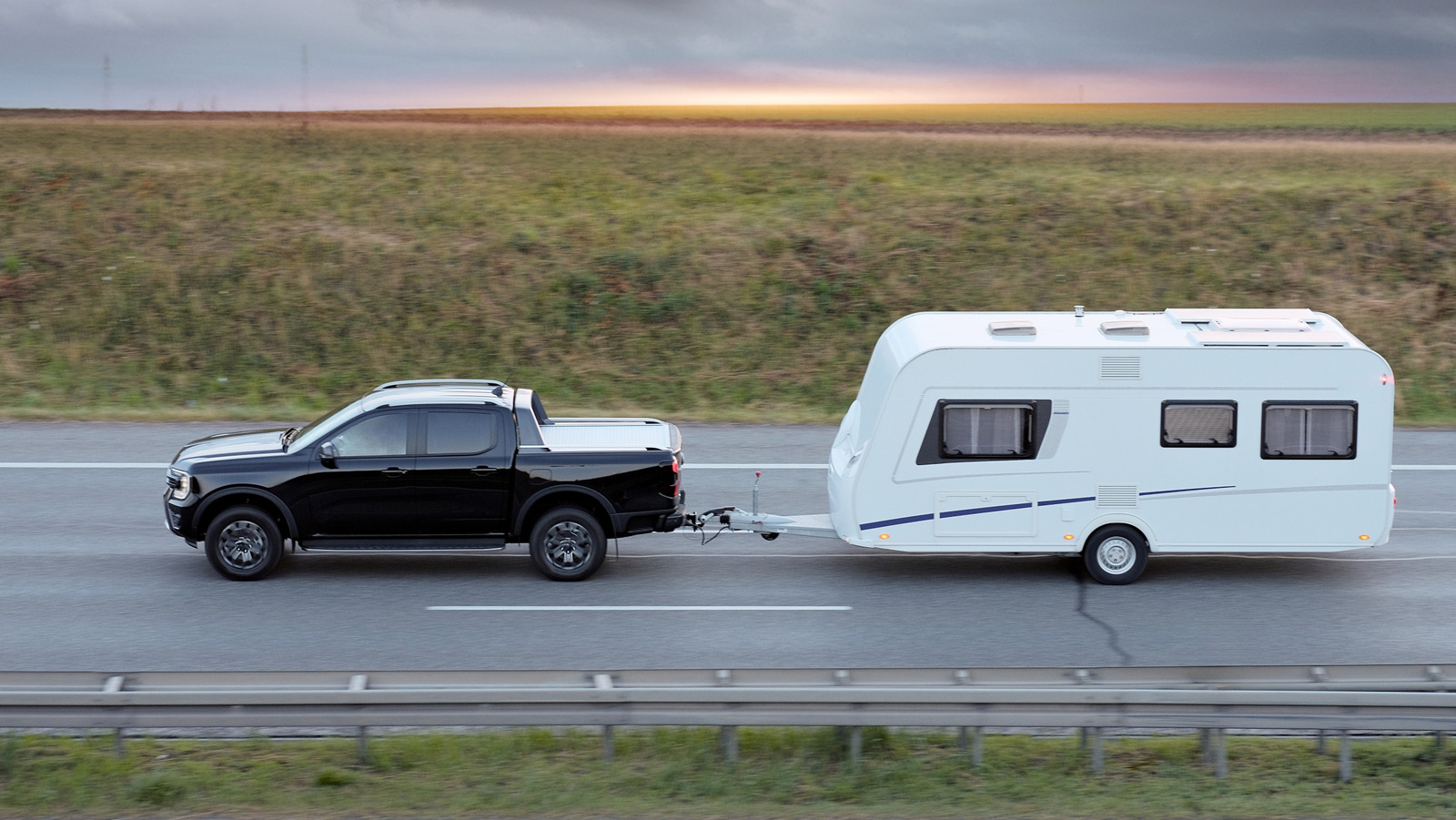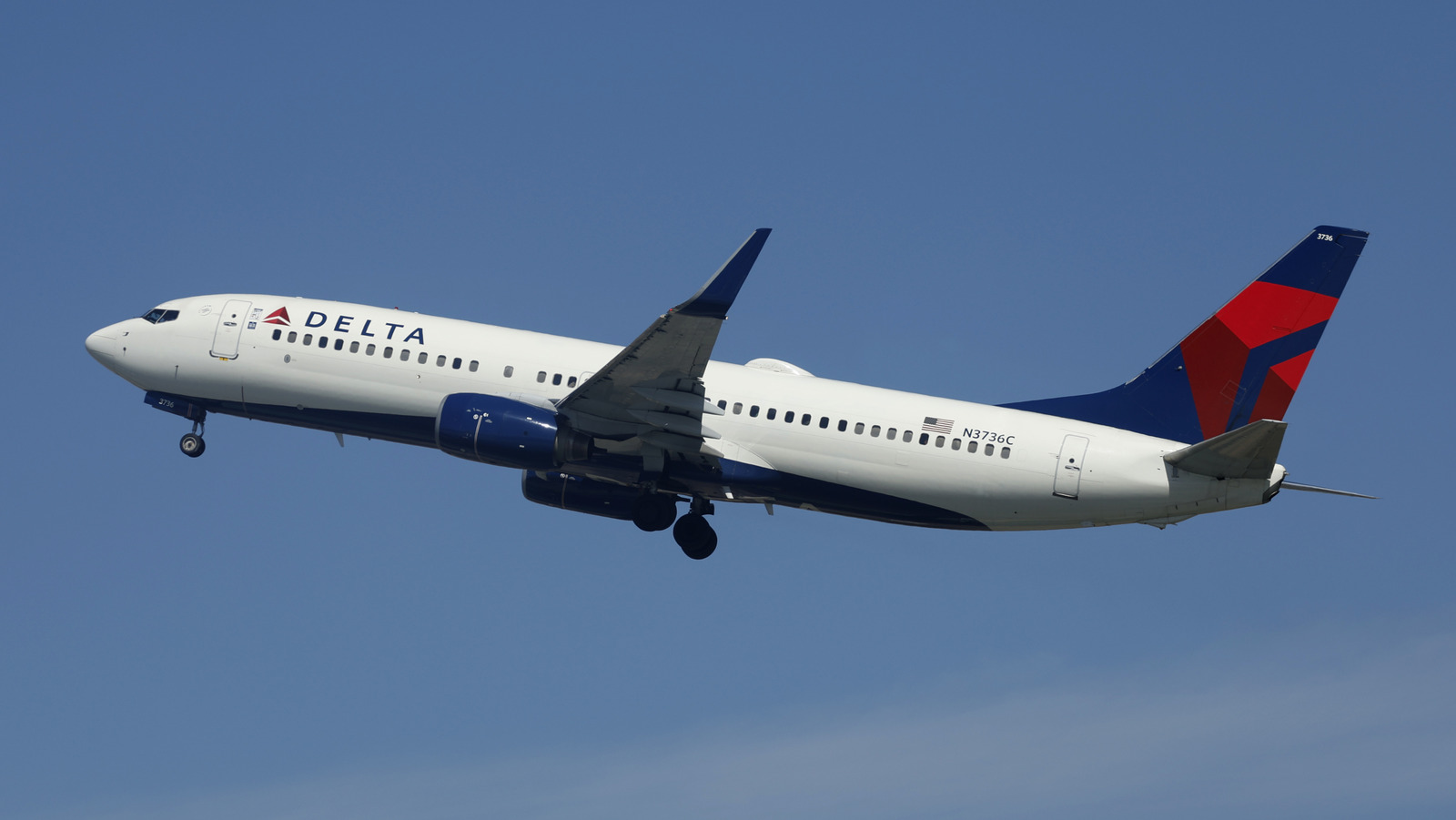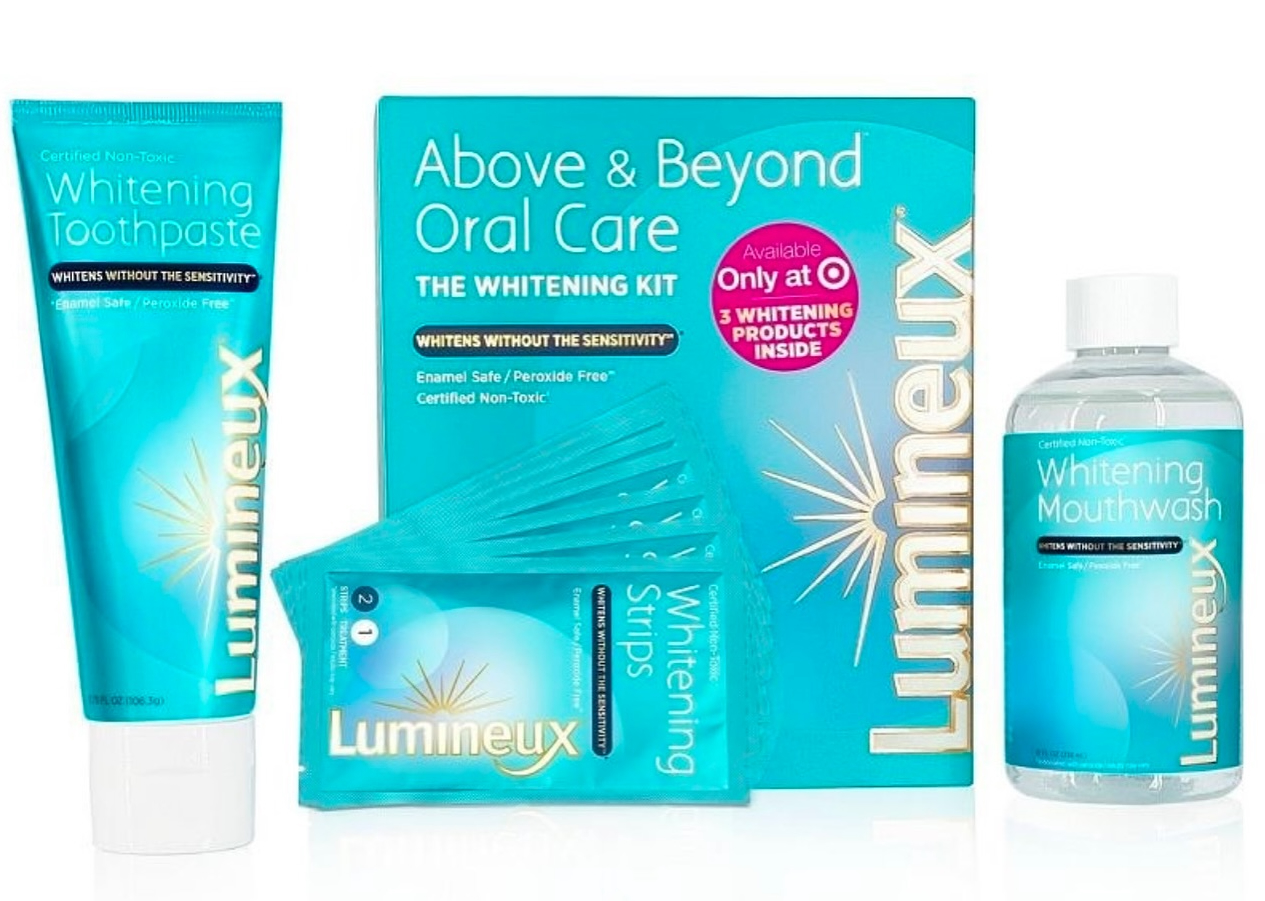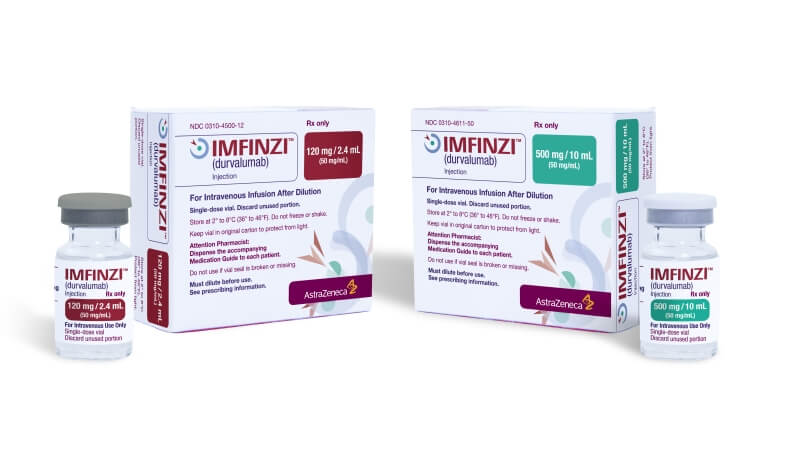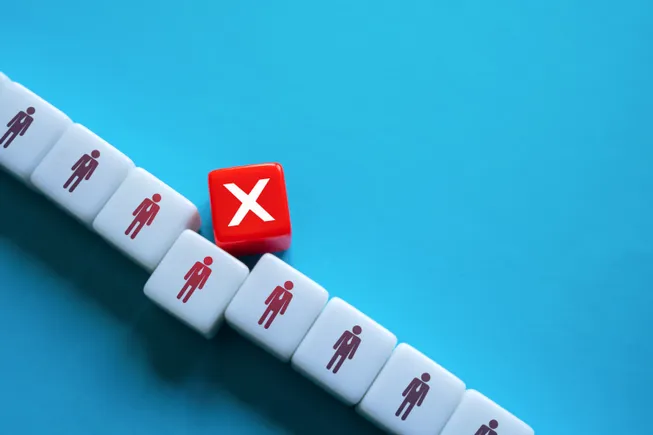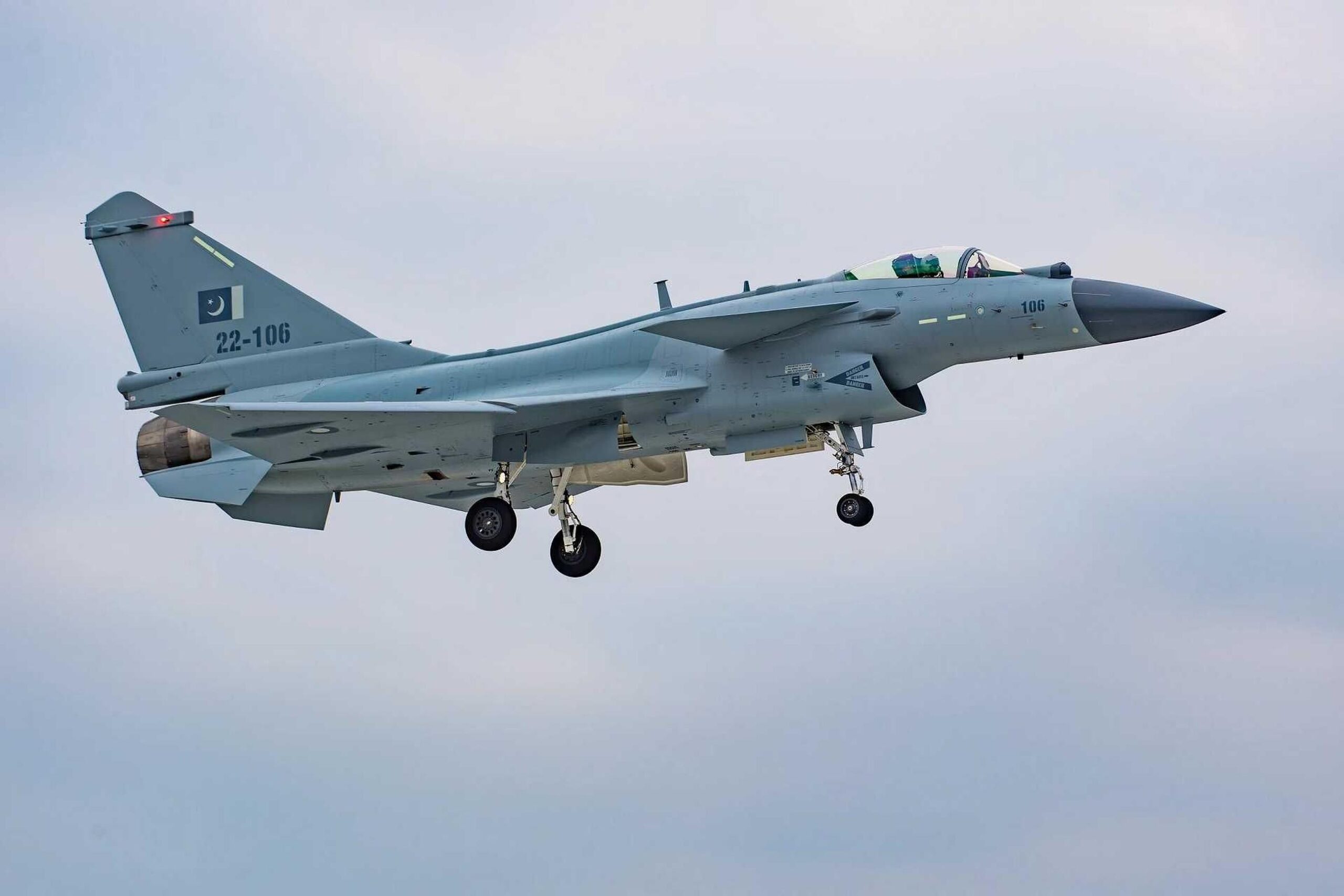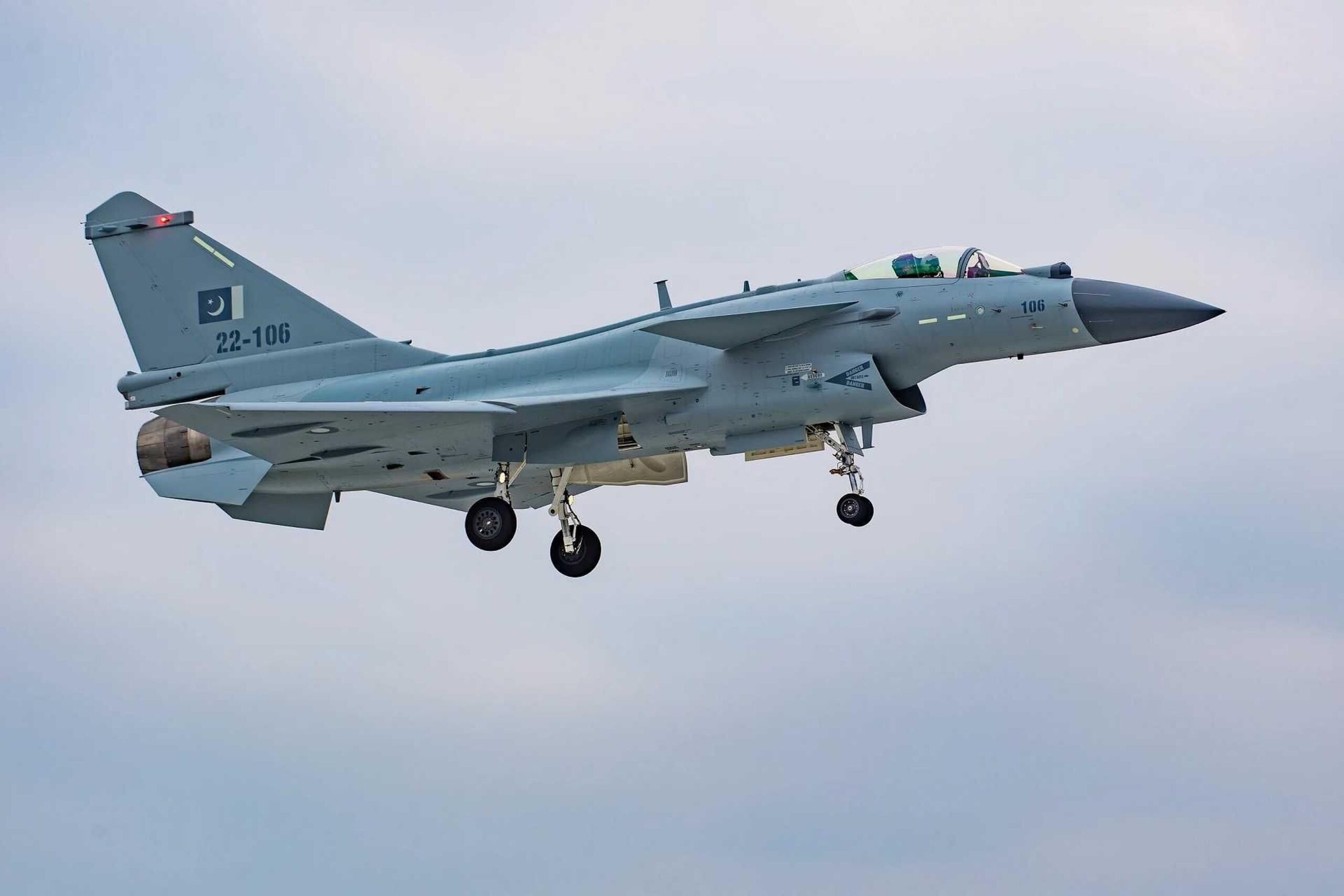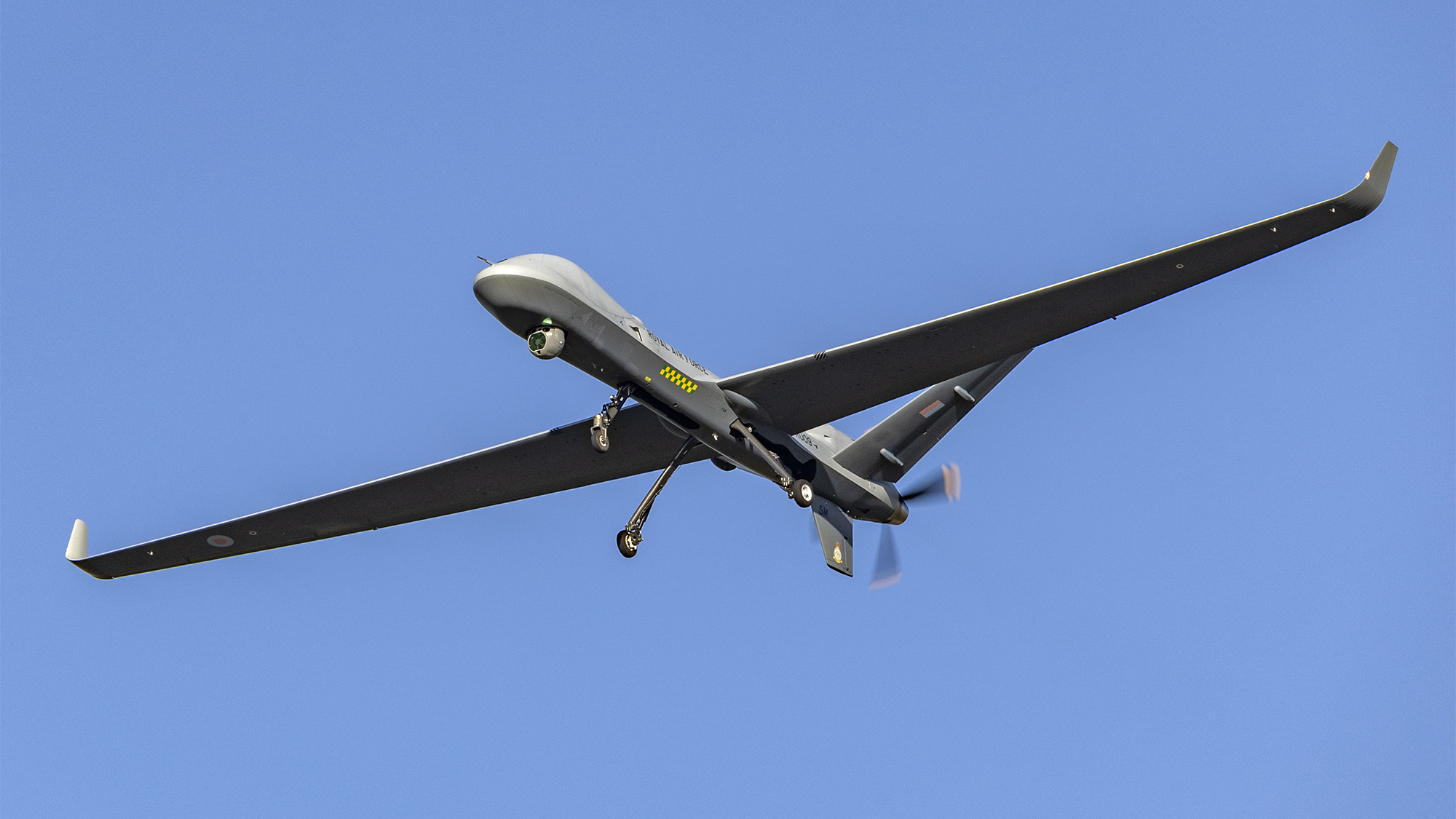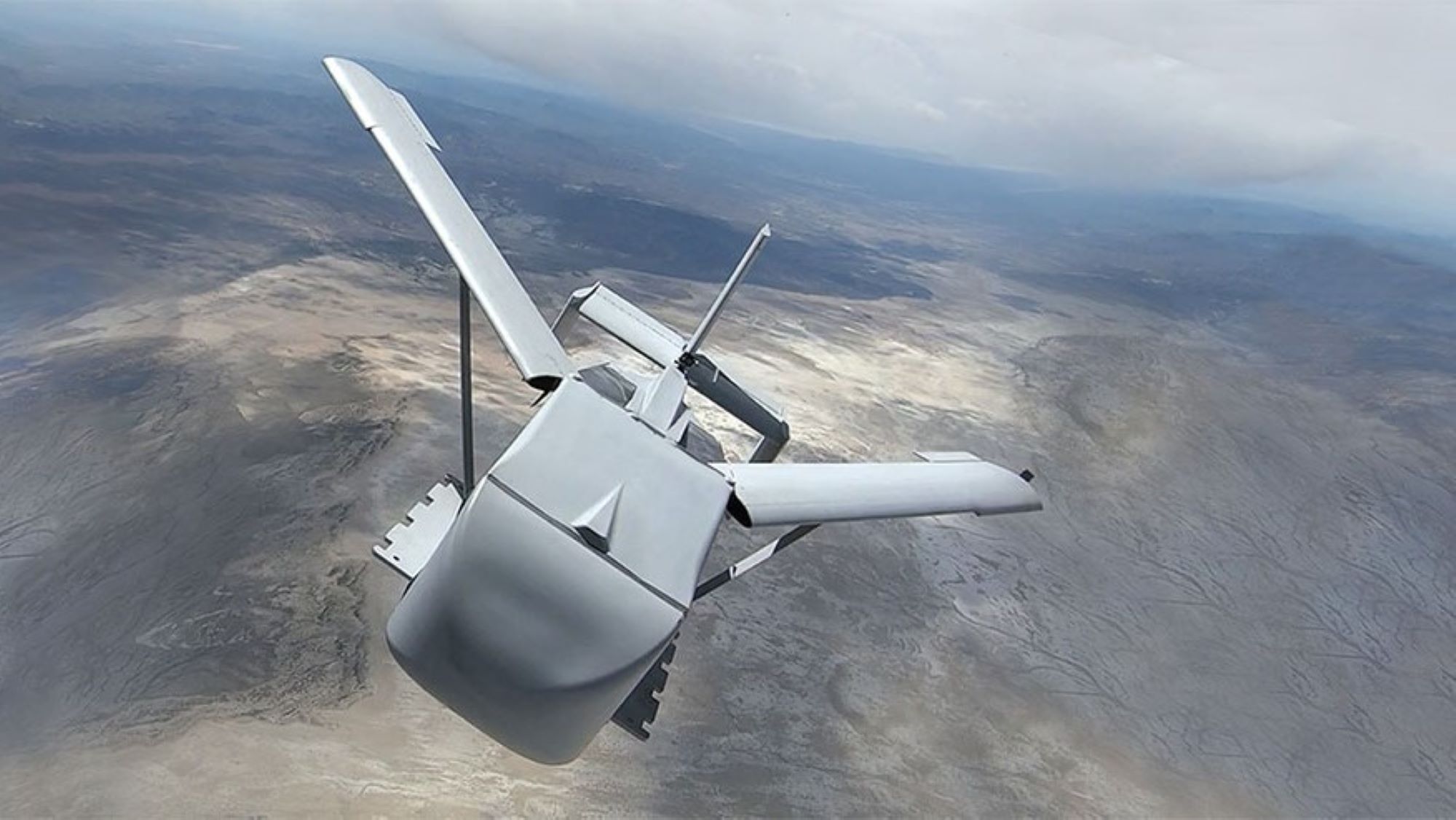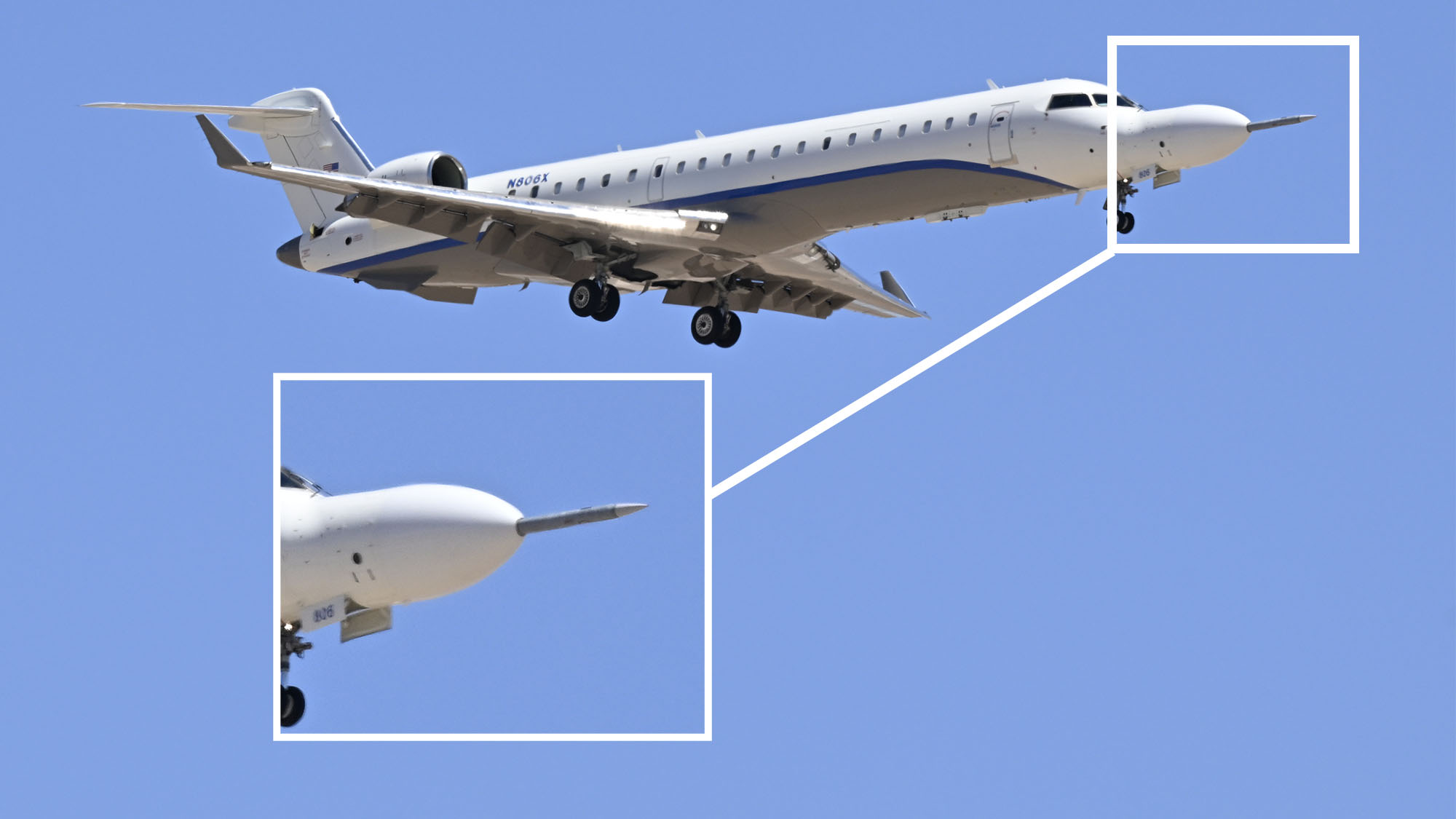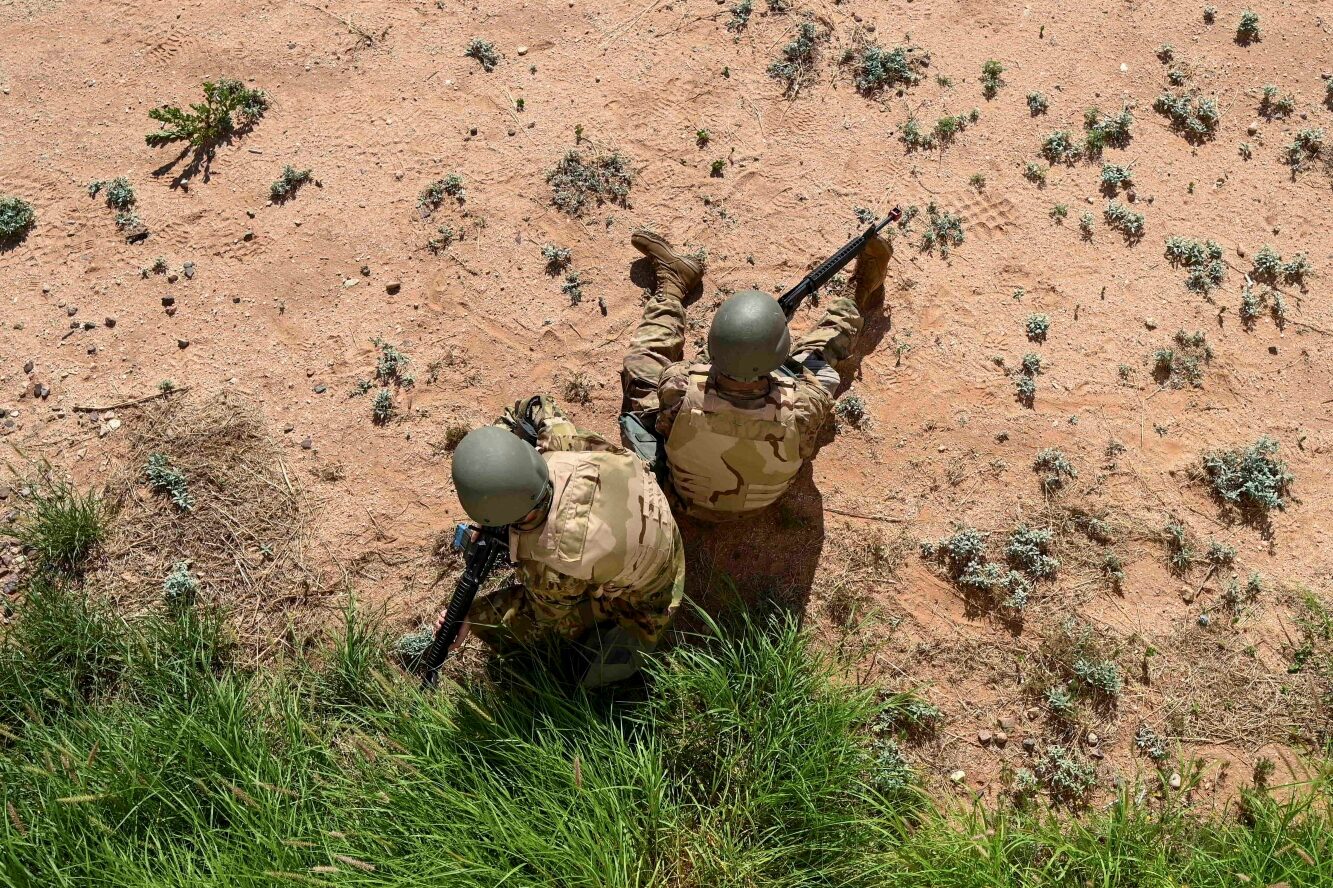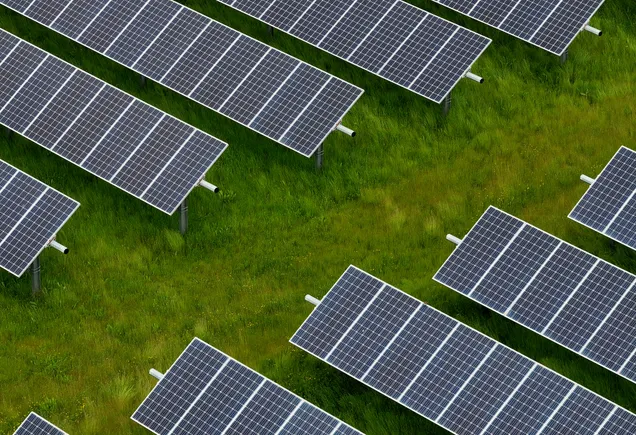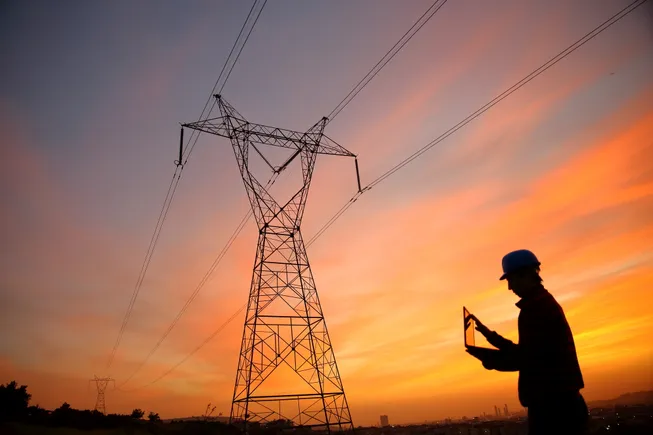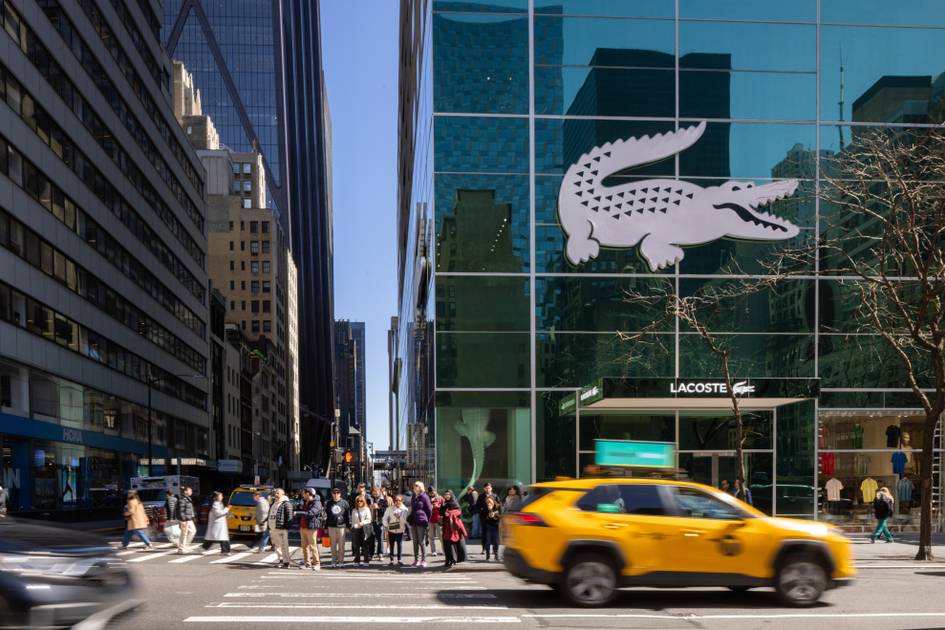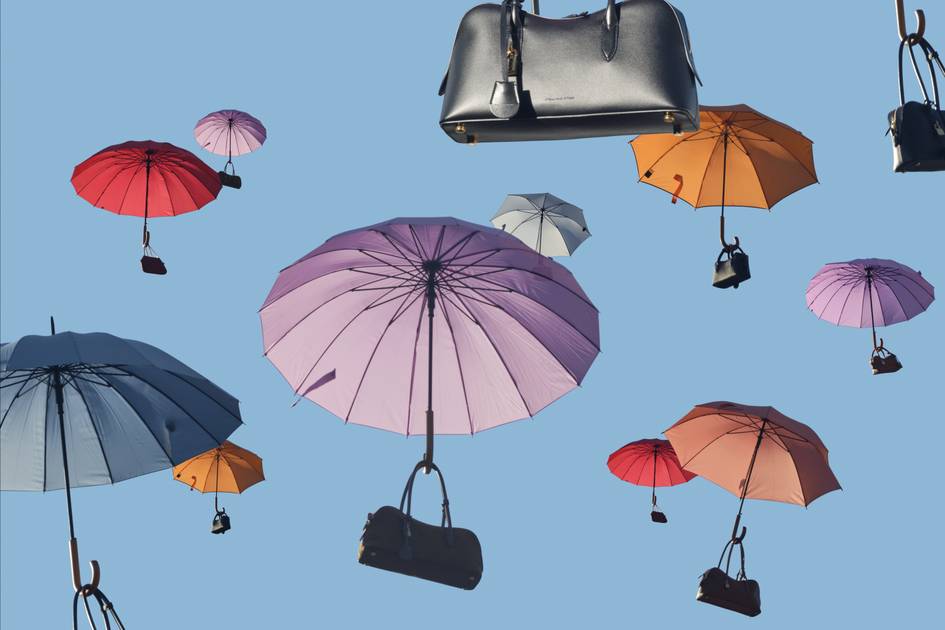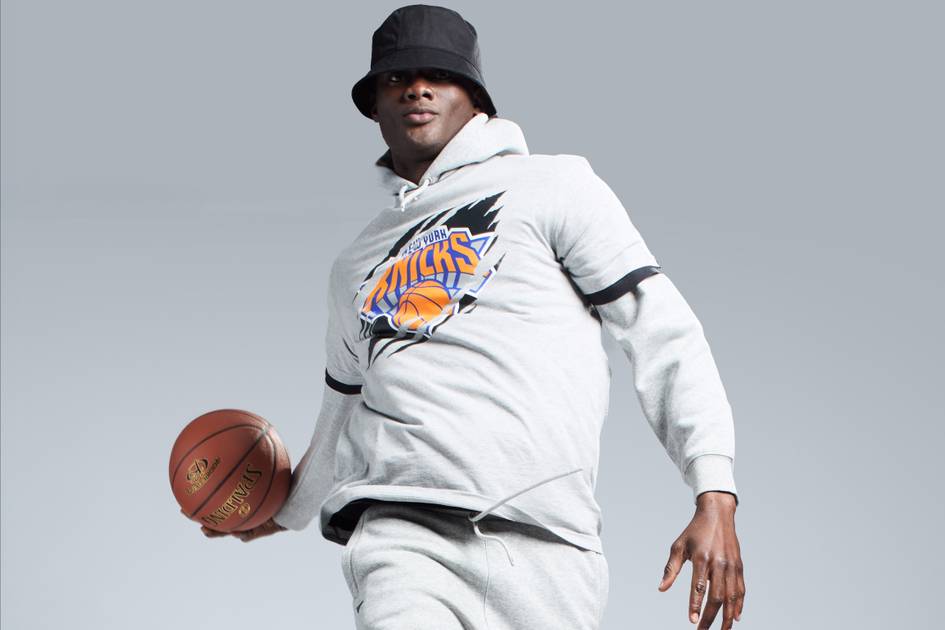Footwear & outerwear likely to be hit the hardest by Trump's tariffs
Coat shopping Credits: Unsplash Study As the fashion industry and consumers grapple with the impact of tariffs imposed by President Donald Trump, American consumers may soon be faced with a steep increase in the price of their everyday clothing. With many consumers spending more on apparel and footwear last month in fear of potential price hikes, a new study has found that outerwear and footwear are the two categories that will likely be hit the hardest. Prices for outerwear imported from China could increase as much as 25 dollars for coats, according to a recent study conducted by custom shirt manufacturer ooShirts. The study evaluated the potential effects of proposed tariffs on retail apparel prices by reviewing 17 commonly sold items across categories, including outerwear, footwear, apparel, undergarments & basics, accessories, and kidswear. Outerwear is projected to see the highest price increases, averaging an increase of 16.88 dollars Credits: Unsplash The projected price increase for each item was then calculated by comparing its original cost to its estimated post-tariff price. Categories were ranked by average dollar increase, with the import origin, primarily China, considered as a key factor. The study also assumes that brands and retailers would pass the full cost of tariffs on to consumers, although it is unclear what each business will ultimately decide to do. Clothing price hikes: the impact of US Tariffs on apparel prices According to the study, outerwear is projected to see the highest price increases, averaging an increase of 16.88 dollars. Coats—largely sourced from China—are expected to rise by 25 dollars, reaching an average of 225, making them the most impacted individual item. Jackets and blazers follow with an 8.75 dollar hike, bringing their average price to 78.75 dollars. Given the high base prices in this category, such increases will be especially noticeable ahead of the winter season. Footwear was the second category hit the hardest, with an average rise of 15.04 dollars across sneakers, running shoes, and work boots—all predominantly imported from China. Sneakers and running shoes show identical increases of 18.75 dollars, while work boot prices went up by 9.63 dollars. As frequently purchased essentials, footwear is likely to feel the broadest consumer impact, particularly among active and working buyers. Footwear & outerwear likely to be hit the hardest by Trump's tariffs Credits: ooShirts General apparel came in third, with a moderate 5.50-dollar average increase. This includes items such as dresses, sweaters, jeans, activewear, and t-shirts, with individual item increases ranging from 2.50 to 7.50 dollars. Though less steep per item, the cumulative cost of these staples could affect seasonal wardrobe spending. In fourth position, prices for undergarments and basics, such as bras, panties, socks, and hosiery, are set to rise by an average of 2.38 dollars. Imports from China and South Korea see bras and panties prices increase by 3.75 dollars, and socks by 1 dollars. While lower in cost, these everyday purchases often occur in multiples, amplifying the effect of even modest price hikes. Footwear prices to increase an average of $15.04 with tariffs Credits: Unspalsh Accessories follow, with an average price increase of 1.53 dollars across items like hats, leather bags, and eyewear. Most hats are sourced from China, while bags and eyewear come from Italy, where tariffs are lower. Price changes in this group remain relatively minor, though luxury consumers may still take notice. Kidswear sees the smallest shift, with a negligible 0.25 dollar price average increase. Kids' shoes from Vietnam and toddler clothing from India, countries with lower tariff exposure, will rise by just 0.26 and 0.24 dollars, respectively. These minimal changes are unlikely to influence purchasing decisions, offering reassurance to budget-conscious parents. "Tariffs don't hit all apparel categories equally," said ooShirts spokesperson in a statement. "High-value items like outerwear and sneakers face the sharpest increases. For retailers, this highlights the need to re-evaluate inventory and pricing strategies where the consumer impact will be most visible." The study comes as President Donald Trump indicated support for lowering tariffs on Chinese imports. Posting on social media ahead of scheduled trade discussions in Switzerland on Friday, Trump remarked, "80 percent tariff on China seems right," suggesting a willingness to revisit current rates. The comment follows several months of heightened trade pressure. Since early April, the US has imposed import duties as high as 145 percent on a range of Chinese goods, significantly disrupting bilateral trade and rattling global financial markets.
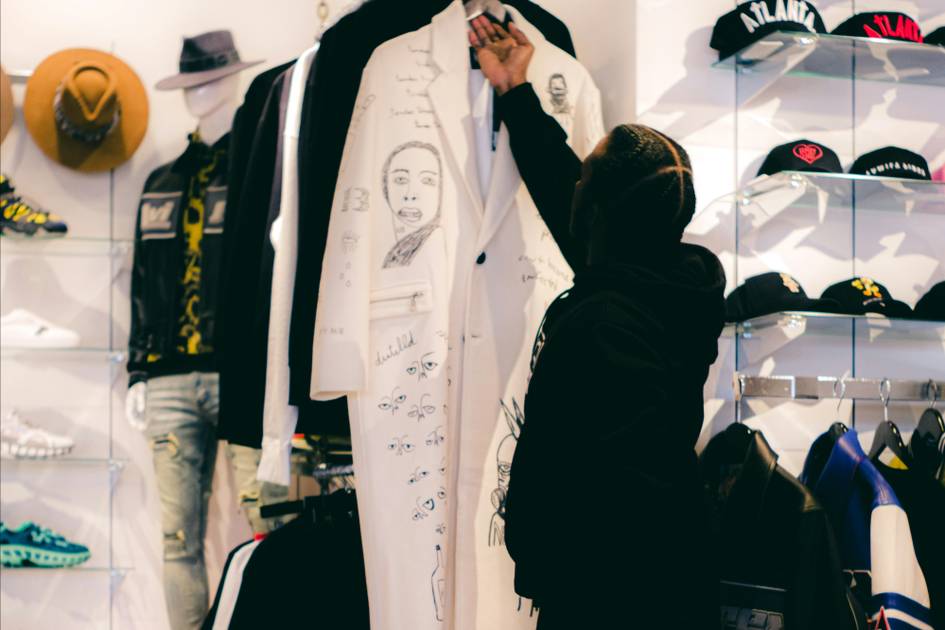
Study As the fashion industry and consumers grapple with the impact of tariffs imposed by President Donald Trump, American consumers may soon be faced with a steep increase in the price of their everyday clothing.
With many consumers spending more on apparel and footwear last month in fear of potential price hikes, a new study has found that outerwear and footwear are the two categories that will likely be hit the hardest.
Prices for outerwear imported from China could increase as much as 25 dollars for coats, according to a recent study conducted by custom shirt manufacturer ooShirts. The study evaluated the potential effects of proposed tariffs on retail apparel prices by reviewing 17 commonly sold items across categories, including outerwear, footwear, apparel, undergarments & basics, accessories, and kidswear.
The projected price increase for each item was then calculated by comparing its original cost to its estimated post-tariff price. Categories were ranked by average dollar increase, with the import origin, primarily China, considered as a key factor. The study also assumes that brands and retailers would pass the full cost of tariffs on to consumers, although it is unclear what each business will ultimately decide to do.
Clothing price hikes: the impact of US Tariffs on apparel prices
According to the study, outerwear is projected to see the highest price increases, averaging an increase of 16.88 dollars. Coats—largely sourced from China—are expected to rise by 25 dollars, reaching an average of 225, making them the most impacted individual item. Jackets and blazers follow with an 8.75 dollar hike, bringing their average price to 78.75 dollars. Given the high base prices in this category, such increases will be especially noticeable ahead of the winter season.
Footwear was the second category hit the hardest, with an average rise of 15.04 dollars across sneakers, running shoes, and work boots—all predominantly imported from China. Sneakers and running shoes show identical increases of 18.75 dollars, while work boot prices went up by 9.63 dollars. As frequently purchased essentials, footwear is likely to feel the broadest consumer impact, particularly among active and working buyers.
General apparel came in third, with a moderate 5.50-dollar average increase. This includes items such as dresses, sweaters, jeans, activewear, and t-shirts, with individual item increases ranging from 2.50 to 7.50 dollars. Though less steep per item, the cumulative cost of these staples could affect seasonal wardrobe spending.
In fourth position, prices for undergarments and basics, such as bras, panties, socks, and hosiery, are set to rise by an average of 2.38 dollars. Imports from China and South Korea see bras and panties prices increase by 3.75 dollars, and socks by 1 dollars. While lower in cost, these everyday purchases often occur in multiples, amplifying the effect of even modest price hikes.
Accessories follow, with an average price increase of 1.53 dollars across items like hats, leather bags, and eyewear. Most hats are sourced from China, while bags and eyewear come from Italy, where tariffs are lower. Price changes in this group remain relatively minor, though luxury consumers may still take notice.
Kidswear sees the smallest shift, with a negligible 0.25 dollar price average increase. Kids' shoes from Vietnam and toddler clothing from India, countries with lower tariff exposure, will rise by just 0.26 and 0.24 dollars, respectively. These minimal changes are unlikely to influence purchasing decisions, offering reassurance to budget-conscious parents.
"Tariffs don't hit all apparel categories equally," said ooShirts spokesperson in a statement. "High-value items like outerwear and sneakers face the sharpest increases. For retailers, this highlights the need to re-evaluate inventory and pricing strategies where the consumer impact will be most visible."
The study comes as President Donald Trump indicated support for lowering tariffs on Chinese imports. Posting on social media ahead of scheduled trade discussions in Switzerland on Friday, Trump remarked, "80 percent tariff on China seems right," suggesting a willingness to revisit current rates.
The comment follows several months of heightened trade pressure. Since early April, the US has imposed import duties as high as 145 percent on a range of Chinese goods, significantly disrupting bilateral trade and rattling global financial markets.





























